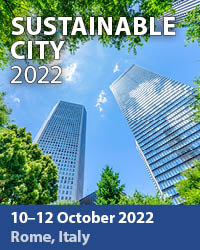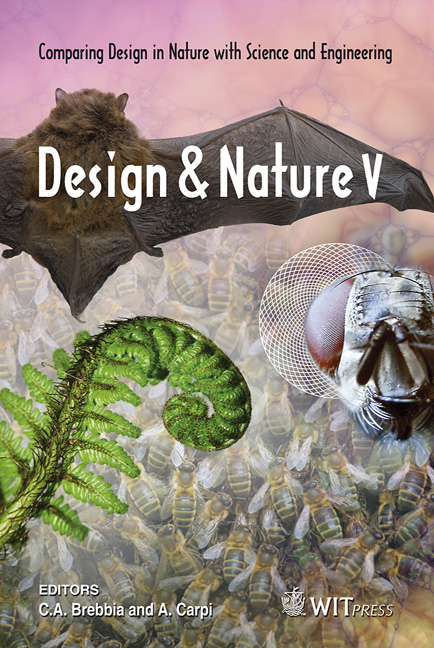From Bones To Columns: Deciphering The Codes Of Structures In Nature And Architecture
Price
Free (open access)
Transaction
Volume
138
Pages
6
Page Range
11 - 16
Published
2010
Size
3,736 kb
Paper DOI
10.2495/DN100021
Copyright
WIT Press
Author(s)
G. Berkin
Abstract
Nature can lead us to new discoveries. Nature uses an ordered structure of patterns. Biologists have sought to understand the designs occuring in animals and plants for centuries. From their perspective, designers and engineers seek to generate designs for new problems. Recently, researchers have been adapting what they have learned from animal bones for use in architecture with a wide range of materials. This research represents a tendency of a growing field in science, called biomimetics. Biomimetics is the science of studying and emulating nature to solve mechanical and structural problems. Biomimetics may be defined as mimicking in human designs desirable features found in nature. The aim is to study the natural processes as a starting point, gain insights and then improve on their performance. This paper gives a short introduction to the current status of the discipline of biomimetics. Keywords: biomimetics, cancellous bones, structural design, optimum section. 1 Introduction Some designers earn their inspiration from nature: this could be structural or aesthetical. The transformation of structural elements is known as biomimetics. The roots of bio-mimetic words are biology, the study of living organisms, and mime comes from to mimic. Victor Papanek [1], a unique designer and lecturer has mentioned that designers must find analogies, using biological prototypes and systems for design approaches culled from such fields as ethology, anthropology, and morphology. Nature has great potential as means of structure and form for both designers and mechanical engineers. Designers and engineers often use analogies from biological systems to develop solutions for problems (e.g. they refer to nature’s structural abilities for improving sections under heavy load).
Keywords
biomimetics, cancellous bones, structural design, optimum section





